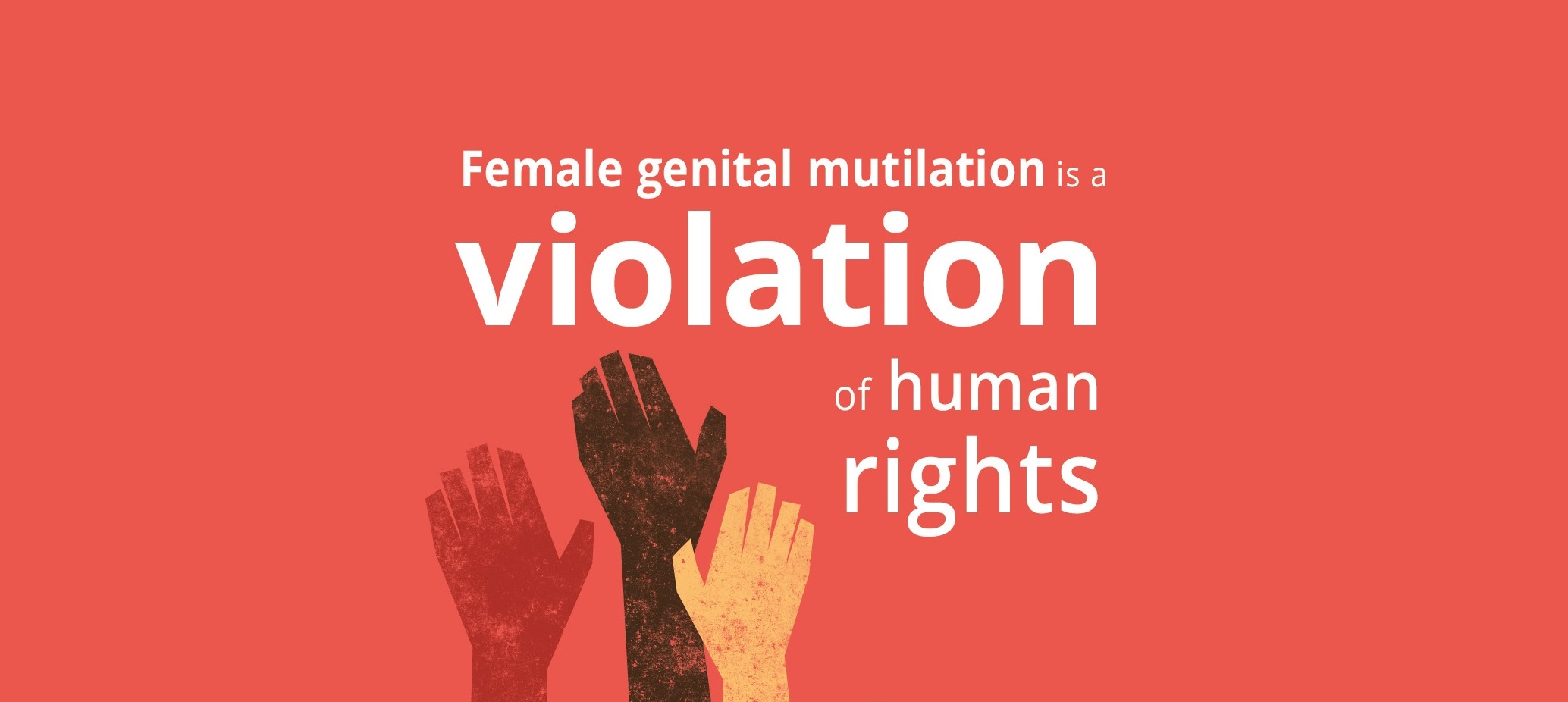It is understandable that communities around the world have diverse cultural customs and traditions that define them and are inherent to their identities. It is imperative, however, to admit to the fact that culture should be seen as a flux and not a static unchanging set of beliefs. Numerous cultural practices have proven themselves to be detrimental to the ones affected by them. Female genital mutilation (FGM) is one of these inherently cultural yet severely nocuous practices.
What is Female Genital Mutilation?
Female genital mutilation is a cultural practice exerted in a number of African, Middle Eastern, and Asian countries where girls aged between 6 and 10 years old have their external genitalia partially or totally removed or injured.
An estimated number of 200 million girls have undergone a form of genital mutilation around the world, 130 million of which are African. Below is a map showing the prevalence and distribution of FGM in Africa and the Middle East.
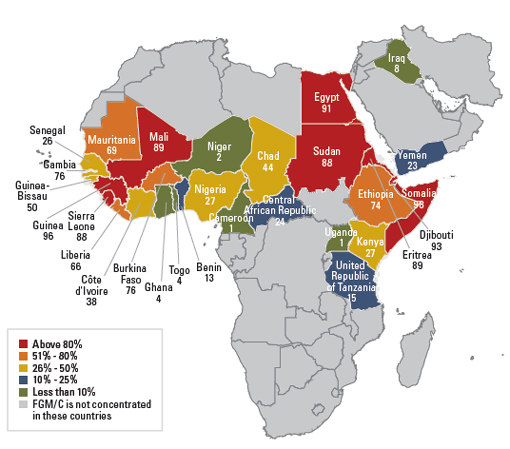
Types of FGM
FGM can be classified into three distinct types. The procedure can range from excising the prepuce to removing all parts of the external genitalia. The following illustration demonstrates the three different types of FGM.
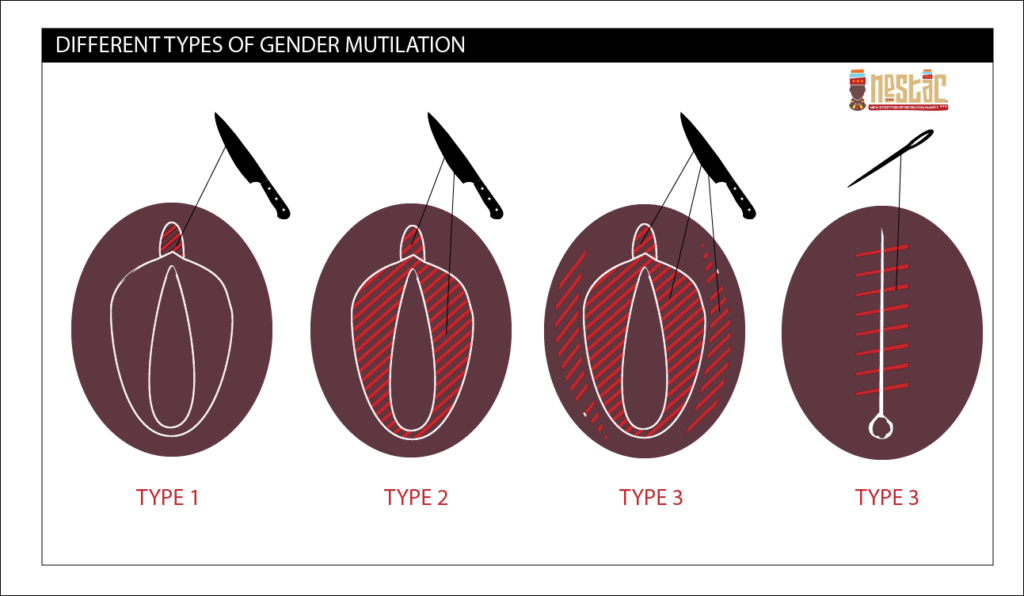
Reasons for the Practice
Depending on the culture, reasons for female genital cutting vary in nature. These reasons can be classified into five categories.
- Psychosexual reasons: the clitoris is removed or injured in order to abate the girls’ sexual desire which is believed to increase the chances of maintaining chastity before marriage and ensuring fidelity during.
- Sociological reasons: FGM can be conducted as a ritual announcing the girls’ passage into womanhood. Accordingly, performing FGM maintains social cohesion and cultural conformity.
- Hygiene: in some cultures, the external female genitalia is considered unclean and unsightly.
- Myths: it is believed that FGM can increase fertility.
- Religious reasons: FGM is practiced by Christians, Muslims, animists, and nonbelievers. However, some Muslim communities argue that FGM is encouraged by Islam despite the weakness of their argument as there is no textual evidence in Islamic literature to support their claims.
Health Complications
FGM results in multiple physical and psychosexual complications, which can vary depending on the type of FGM performed. FGM causes immediate health complications, including severe pain, hemorrhage, urine retention, and ulceration of the genital region. Other long-term health complications entail cysts, dyspareunia, and sexual dysfunction.
Women who had to undergo FGM have been reported to suffer from severe anxiety, PTSD, feelings of incompleteness, and chronic irritability and frigidity. FGM, being encouraged and authorized by family members, intensely affects the women’s relationships with their caregivers and creates in them a deeprooted feeling of loss of trust and confidence.
FGM: A Human Rights Violation
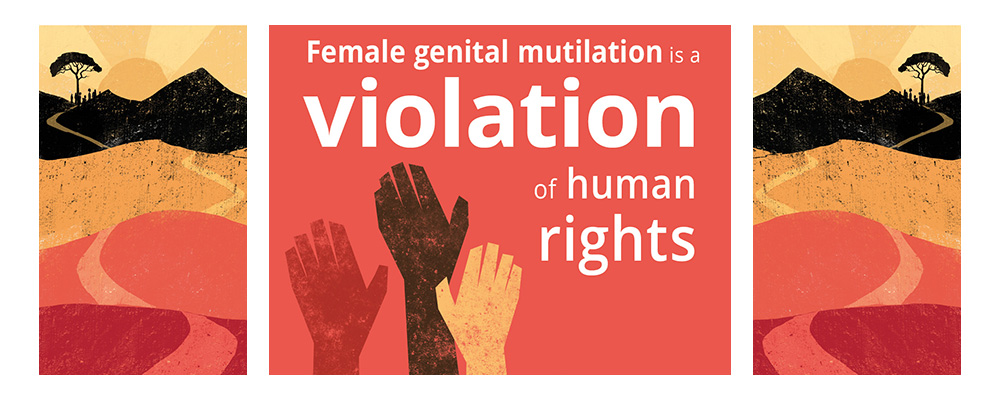
FGM deprives the women affected of the control every human being should have over her/his life, body, and sexuality. Undoubtedly, Female genital mutilation is a heinous violation of human rights. Indeed FGM breaches the girls’ right to:
- The highest attainable standard of health.
- Life and physical integrity, including freedom from violence Right to freedom from torture or cruel, inhuman or degrading treatment.
- Equality and non-discrimination on the basis of sex.
Criminalization of FGM
Of the 29 countries in Africa where female genital mutilation is traditionally practiced, 26 have laws prohibiting FGM. Mali, along with Liberia, and Sierra Leone, are the only West African countries that have no legislation in place banning FGM.
In Kenya, FGM is illegal with a punishment of up to three years’ imprisonment and/or a fine of up to 200,000 shillings (USD $2000). Although FGM is illegal in Mauritania, the law only applies to girls under age 18, and if a girl or her family report dangerous effects like infection or death linked to FGM. Egypt’s Ministry of Health and Population has banned all forms of female genital mutilation since 2007. Islamic authorities strongly disapprove of the practice and emphasize that Islam opposes female genital mutilation.
Nevertheless, the criminalization of FGM in these countries seems to be inadequate as the practice strongly persists and governments continue to struggle to enforce anti-FGM legislations.
Proposed Action Against FGM
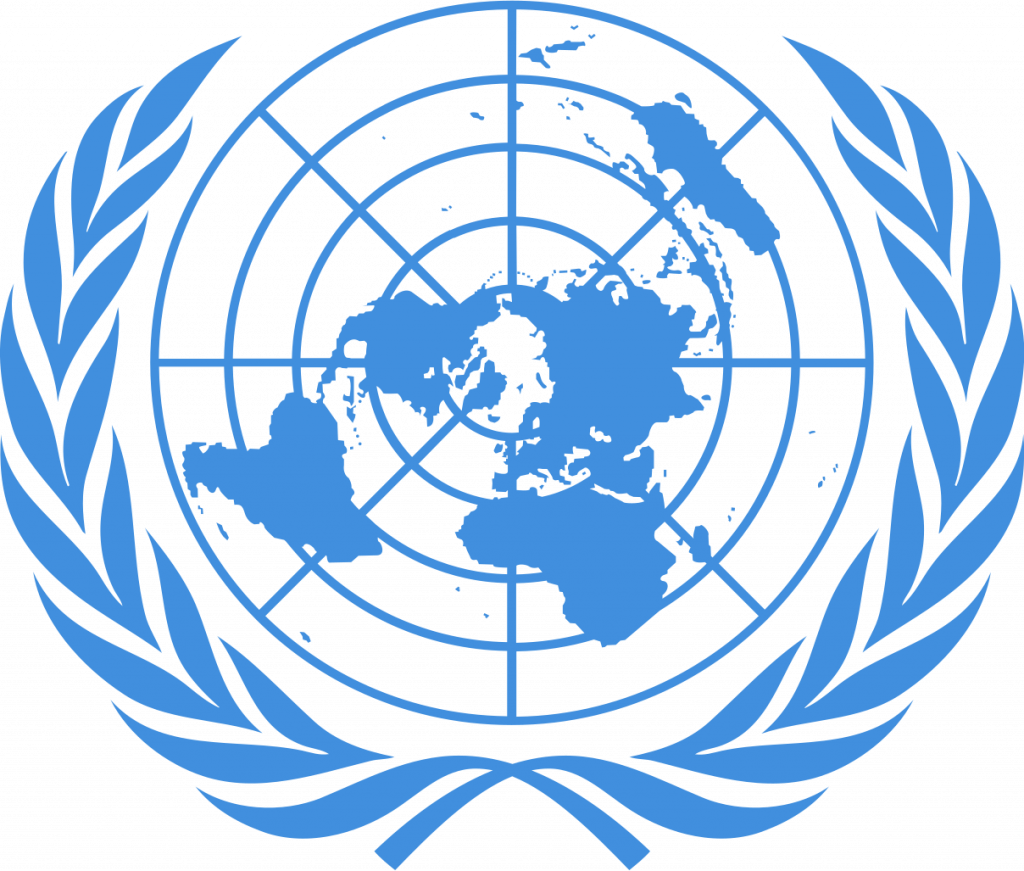
Numerous international human rights organizations strive to abolish FGM. The World Health Organization (WHO) provides training and materials for health care workers in the affected countries, equipping them with the appropriate knowledge and skills for preventing and eliminating FGM. UNICEF works with youth organizations and women’s groups to raise awareness about FGM and sensitize them to the need to end the practice.
UNFPA works towards the elimination of female genital mutilation by calling for and supporting the revision of national policies and legislation related to productive health.
The progress achieved by organizations such as WHO, UNICEF, and UNFPA, however, remains slow due to a lack of coordination prevention programs and limited investment of resources in them by the governments of the countries affected.
References
“FGM And The Law Around The World.” Equality Now, 19 June 2019, www.equalitynow.org/the_law_and_fgm. (accessed 14 February 2020 )
Female Genital Mutilation. World Health Organization, 1999. (accessed February 16th, 2020)
Batha, Emma. “What Is Female Genital Mutilation? Where Does It Happen?” Reuters, Thomson Reuters, 30 Jan. 2017, www.reuters.com/article/us-global-fgm-conference-factbox/what-is-female-genital-mutilation-where-does-it-happen-idUSKBN15E0KH. (accessed February 15th, 2020)
Stein, Karin, and Doris Chou. WHO Guidelines on the Management of Health Complications from Female Genital Mutilation. 2014. (accessed February 15th, 2020)
IVolunteer International is a 501(c)3 tech-nonprofit registered in the United States with operations worldwide. Using a location-based mobile application, we mobilize volunteers to take action in their local communities. Our vision is creating 7-billion volunteers. We are an internationally recognized nonprofit organization and is also a Civil Society Associated with the United Nations Department of Global Communications. Visit our profiles on Guidestar, Greatnonprofits, and FastForward.
